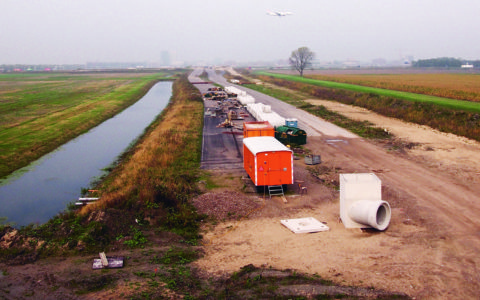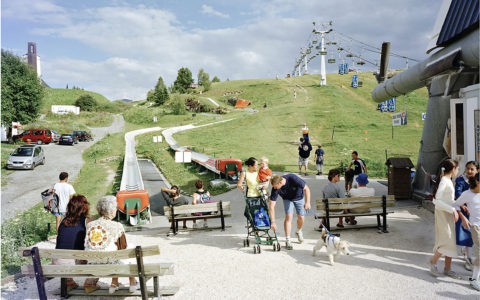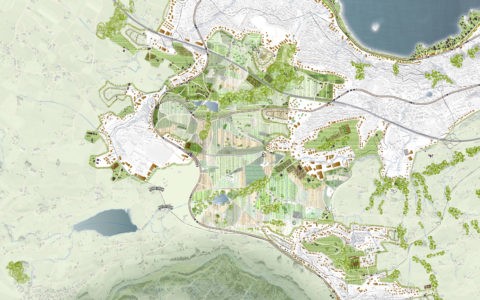Prof. Ir. Kees Christiaanse | Architecture and Urban Design
Urban Breeding Grounds
Urban landscapes of metropolitan regions are subjected to permanent change. This does not take place homogeneously throughout the entire territory but rather captures entire quarters in cycles. Through structural, economic, social or cultural transformation processes, zones formerly regarded as very stable can change within a few years to areas of highly dynamic development – and vice versa. In this way, phases of continual depreciation follow periods of a new materialisation and increasing profit expectations. In past years, such far-reaching changes could be observed mainly in inner peripheries. These are relatively central but no longer profitable or demanded commercial, industrial and infrastructural areas. Additionally, neighbourhoods around centrally located railway systems, red-light districts or run-down homogenously structured residential areas succumb to similar processes or are already about to take on new roles in polycentrically organised metropolises. These quarters are often characterized by intense use of public space and ground floor based activities, such as retail, gastronomy and creative industries. They are usually located in areas with a historic and partly devalued building stock, and with diverse populations. They serve as a springboard for socially climbing groups, such as migrants, students or entrepreneurs, and offer the social niches and networks needed to practice unconventional life styles and ways of working.
The research platform Urban Breeding Grounds at the Chair for Architecture and Urban Design of Prof. Kees Christiaanse investigates the transformation and development of such vibrant, diverse inner-city neighbourhoods in Europe, as well as in Asia via the Future Cities Laboratory in Singapore.
The reciprocal relationship between urban space and locally embedded economies has been in the focus of recent professional discourse. While cities count as resources in terms of space and the diversity of skills, knowledge and experiences, locally embedded economies contribute to the culture of plurality, the possibility of experiencing difference and the intensification of urban everyday life.
The latest research project, Urban Made (2013–2018), is supported by the Swiss National Science Foundation (SNF). The research is based on the central hypothesis that locally embedded economies may play an important role in urban development strategies that eventuate innovation potential for urban neighbourhoods through enhancing their heterogeneity, diversity and exchange. Furthermore, recent transformations in the economy and the means of production have resulted in cleaner processes and smaller enterprises, both of which allow – and demand – integration into urban districts. Through the analysis of best practices and design experiments, as well as their impact assessments, we will develop strategies for embedding small industries through the transformation of urban districts in the outlying areas of Zurich.
This will foster change in the current paradigm of homogenizing neighbourhood development. In cooperation with the Office of Urban Design of the City of Zurich and external experts, will innovative spatial and investment possibilities be sought and tested for types that will diminish potential conflicts between residential and urban manufacturing uses in the urban space. The results will be published in: Urban Made Zurich: Neue Quartiere mit Mischnutzung an Zürichs Stadtrand.


